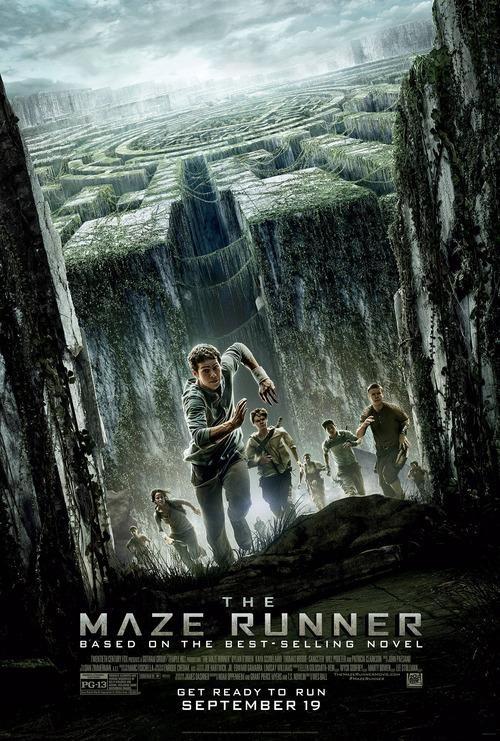Maze Runner falls short of aMAZing
More stories from Holly Thompson
The Maze Runner is the sister of Hollywood’s current dystopian darlings, The Hunger Games and Divergent. Its stilt, then, is predictable, although not necessarily boring. (Word is that it’s a significant departure from its book, although I’m only barely familiar with it.)
From its claustrophobic, paranoid beginning on the caged protagonist spilling into some alien world, it’s an engaging, even reasonably provocative movie, particularly for its – let’s be honest – tired genre. Thomas (as he comes to remember his name) is planted in The Glade, a loosely governed society of boys pinned in from all sides by a shifting, lethal maze. And so, being the protagonist, Thomas has to question the status quo, defy authority, survive the maze, fight poison monsters dubbed “Grievers,” et cetera, et cetera. In the evenings, dreams of labs and experiments bloom vaguely onscreen and foreshadow the escape from the maze. It’s all well and good, even as interesting characters and storylines urge to be developed and never are.
I was sold on its Lord of the Flies-ish characteristics until, of course, Thomas provokes the addition of a girl he seems to have some kind of storied, romantic past with. Yawn. Romance is dead in the YA world. This girl is no less boring than the rest. She is redeemed somewhat when, upon her arrival, she annexes their tree house and lobs supplies at the boys from above. (“Is this what all girls are like?” asks Comic Relief Character #1. Yes. Yes it is.)
(Let’s discuss this, though: Her name is Theresa. A dystopian YA heroine named… Theresa?)
Naturally, Theresa comes to be a vital asset to the mission to escape the maze, which is carried through maybe two-thirds of the way into the movie.
Observe this little jewel of disbelief with me, though:
Through the entire course of the movie, I kept asking myself Why? Why this? Why this plot? The premise of the maze, as it is loosely explained following their escape, was to test the immunity of a pack of kids to the lethal, fast-running virus the Flare.
But… Could you not just test this in a lab? Was the maze necessary? The monsters? I spent most of the movie wondering what the purpose of this oversold, overblown plot was. Maybe it’s to be further explained in the sequels. Maybe the minds behind the story didn’t have the sense to realize their plot is absurd, or they didn’t imagine viewers would be aware of the absurdity. Regardless, it’s there. The explanation of the maze is really just a slapdash effort to have a typical dystopian survival story with some sort of vague explanation behind it. And it was weak. It was a supremely weak storytelling effort.
Of course, one shouldn’t watch the movie expecting much more. It’s meant to be a blockbuster teen action flick, which is precisely what it was. It was engaging, funny enough, interesting enough. The violence, the language, the content were edgier than The Hunger Games or Divergent, although to such a degree sometimes that it felt more than a little stilted. The slang became grating quickly, particular with all its –er endings – Runners, Gladers, Grievers. The acting was meh. It built a solid movie, although not one that will be terribly memorable, I suspect.
